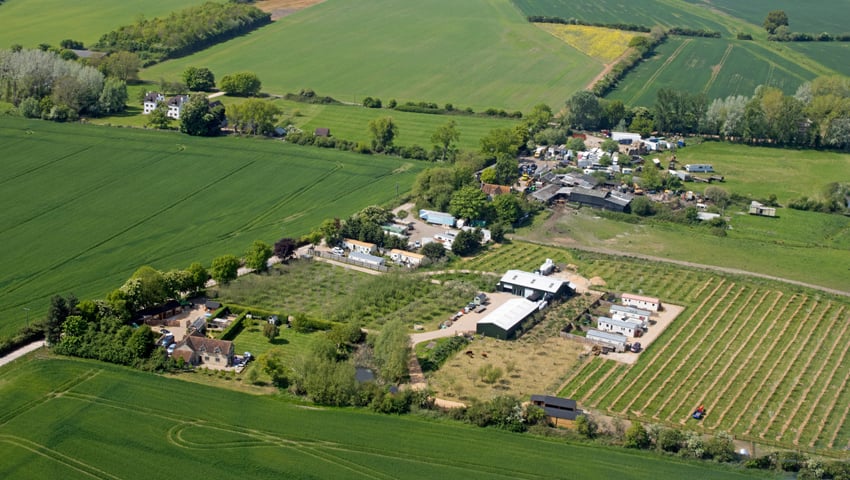New permitted development rights (PDR), which came into effect yesterday, allow the conversion of unused buildings into homes, shops, cafés, sports facilities and a variety of other commercial uses, without the need for a planning application.
The changes give farmers across England greater freedoms to diversify and grow their business, without having to spend time and money submitting a planning application.
Minister for Housing, Planning and Building Safety Lee Rowley said, “Farmers are the lifeblood of communities, and these changes give them the freedom to grow their businesses, and plan for their futures. This is all part of our Long-term Plan for Housing to deliver more homes for rural communities and reform the planning system, removing unnecessary barriers to development.”
According to government figures, just 5,000 homes have been delivered on farming land since April 2014. Farms may now also expand the number and size of buildings on site, again without the need for a planning application: the size limit for new farm buildings erected under agricultural development PD rights on farms over 5 hectares has increased by 500sqm to 1500sqm, and for farms under 5 hectares by 250sqm to 1250sqm.
Farming Minister Mark Spencer said, “I am extremely pleased to support our farmers and provide them the freedom to decide the best uses for buildings on their land, without needless bureaucracy holding them back. We are listening to farmers and putting them at the heart of future development of our rural areas. Helping farmers secure their businesses and get on with the important job of producing food is our top priority. Permitted development rights provide more freedoms to develop without applying for planning permission.
“From today, the Government is extending these rights to give farmers greater freedoms to diversify and convert agricultural buildings to commercial uses, as well as up to 10 homes, without needing to submit a planning application. These rules are subject to space and natural light conditions, to ensure homes are suitable.
Commenting on the new regulations, Aidan Van de Weyer, Senior Planner at Lanpro in Cambridge said, “These reforms are very welcome as they bring greater flexibility to the use of rural buildings. By bringing in new residents and supporting local businesses, conversions of rural buildings – those which are currently not suitable for modern farming operations – will support the long-term vitality of countryside communities.
“At Lanpro, we are already discussing with our clients how these changes will provide opportunities. One farming client, for example, has an unused barn building that has now been brought within the scope of permitted development and is keen for us to develop a proposal to capitalise on this change in the regulations.”
At a glance, the changes will:
- Double the amount of floorspace that can change from agricultural to ‘flexible commercial use’ from 500 square metres to 1,000 square metres
- Increase the size of new buildings or extensions that can be built on farms over 5 hectares from 1,000 square metres to 1,500 square metres
- For smaller farms increase the size of such development from 1,000 square metres to 1,250 square metres
- Double the number of homes that can be delivered through the conversion of agricultural buildings from five to 10
- Protect nationally important archaeological sites (scheduled monuments) by removing the ability for extensions to be built and new buildings erected in the vicinity
- The amendments deliver on one of the pledges made by the Prime Minister at the Farm to Fork Summit in May last year, to cut red tape and streamline the planning system for farmers, as well as support the wider rural economy.
